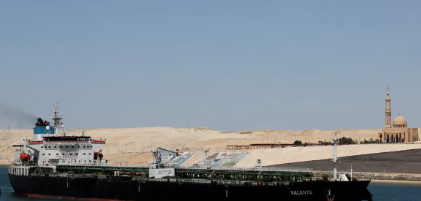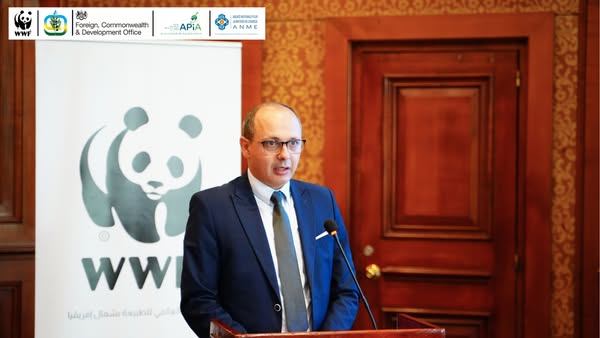
In a high greenhouse gas emissions scenario, sea levels will « very likely » rise between 0.5 and 1.9 meters by 2100, researchers have calculated. The upper range would thus be 90 centimeters higher than the latest projection from the IPCC (NTU Singapore).
« Very » likely or just likely? While the distinction may seem vague in everyday language, in scientific terms, it corresponds to two precisely defined probabilities: a 90% chance of the event occurring (very likely) versus a 66% chance (likely).
Sea level projections for 2100 are based on climate process modeling—simplifying and representing them computationally. Some models include well-understood phenomena, such as glacier melt. Others, however, incorporate more uncertain events, such as the sudden collapse of a large ice sheet.
By considering only factors that can be reliably simulated, the Intergovernmental Panel on Climate Change (IPCC) had previously estimated a likely range of 0.6 to 1 meter under a high-emissions scenario. However, researchers from Singapore and the Netherlands have now calculated the very likely extent.
An Upper Range 90 cm Higher
Published last December in the journal Earth’s Future (B. S. Grandey et al., 2024), their study is based on a method called « fusion »—so named because it combines existing models with the impact of more uncertain events. Depending on expert assessments of these uncertainties, different « weights » are assigned to them in the projection calculations.
As a result, the projected range of sea level rise is broader, spanning from 0.5 to 1.9 meters under a high-emissions scenario. This means that the upper bound is 90 centimeters higher than the IPCC’s projection for the same scenario.
« Our new projections highlight the significant uncertainties surrounding sea level rise, » commented Dr. Benjamin Grandey, the study’s lead author, in a statement from Nanyang Technological University Singapore (NTU Singapore), where he conducts his research.
Implications for Urban Planning
While this new method raises questions about scientific consensus—how can we ensure experts agree on the weight given to uncertain events?—the authors believe it still provides valuable insights for urban planners and governments in deciding measures to protect vulnerable communities.
« The highest projection, at 1.9 meters, underscores the need for policymakers to plan accordingly for critical infrastructure, » Dr. Grandey noted. « More importantly, these results emphasize the importance of mitigating climate change by reducing greenhouse gas emissions. »
Faced with coastal flooding due to rising sea levels—global ocean levels have already risen by 20 cm since 1900, according to France’s Ministry of Ecology’s DataLab—seawalls and « natural barriers » such as mangroves, coral reefs, and seagrass beds can work together effectively, a recent study has shown.
Source: GEO



